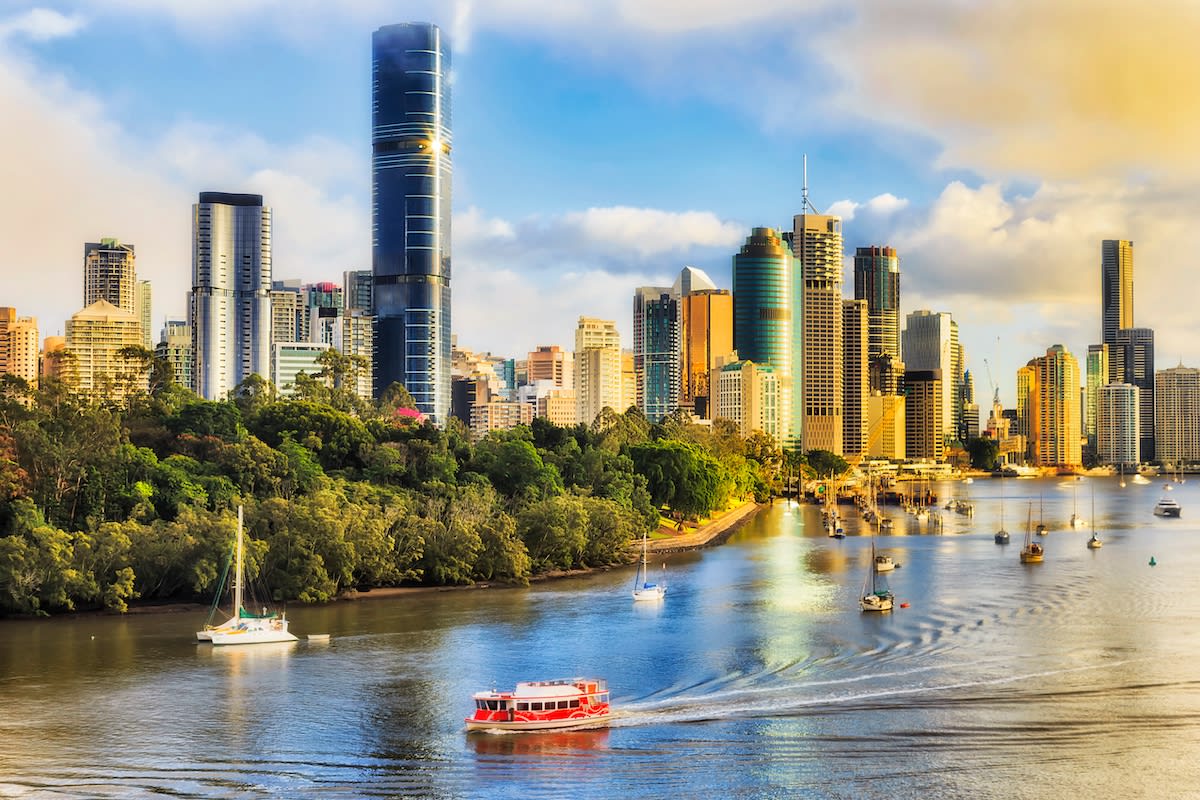A shortfall in housing in South East Queensland good news for off the plan buyers
South East Queensland’s housing market is set to buckle under the pressure of a 52 per cent increase in annual dwellings needed to accommodate an estimated population boom of two million new residents by 2046.
That's the stark reality facing the growing region of Queensland, according to the latest RPM SEQ Market Update.
The report, which zeroes in on the South East Queensland Regional Plan’s estimates that 863,600 new dwellings are needed by 2046 – or approximately 34,500 homes a year – to meet the estimated population growth, concludes that the recently released Draft SEQ Regional Plan by the state government does not provide the framework to meet this target.
The RPM report notes that South East Queensland historically averages around 22,778 residential lot registrations per year and, of that number, units made up 40 per cent, adding that if the region is to meet the housing demand target, a substantial 52 per cent increase in the production of new dwellings is needed.
While the SEQ Regional Plan has intensified its focus on building up rather than out, RPM’s Queensland Managing Director Clinton Trezise says high-density infill projects within the urban footprint are struggling to stack up as an affordable option due to a blowout in construction costs.
“Historically, Queensland has not been able to achieve the level of construction needed to meet the future demand for housing,” Trezise said,
“The closest we have ever come is 33,821 new dwellings built in the 2017 financial year when Brisbane was experiencing an apartment boom. With the cost pressures on high-rise apartments not going away any time soon, going up rather than out is not going to provide the needed supply and certainly not affordable supply of new dwellings.”
“This massive shortage of supply has fed into significantly higher prices for vacant land over the past financial year, with the median settled land price across the region surging 12 per cent to $340,000,” said Mr Trezise.
Logan emerged as the dominant land provider in the market, accounting for one-third of all settled sales last financial year with the 1,323 sales recorded surpassing all other local government areas.
Ipswich accounted for 15 per cent of sales, followed by Brisbane (12 per cent), Sunshine Coast and Moreton Bay (at 11 per cent each).
The Gold Coast, with limited land supply, represented only 3 per cent of the total land sales for the year.
The RPM report has found land prices have grown rapidly in regional areas due to supply constraints, defying the market headwinds from higher interest rates.
Trezise said supply issues were proving to be counter-productive in enhancing affordability in regional areas of South East Queensland.
“The government and councils need to facilitate more land for greenfield developments if the affordability issue is to be addressed,” he said.
“Unfortunately, this is at odds with the latest SEQ Regional Plan which has increased the emphasis on high-density infill developments throughout the region.”
The Draft 2023 SEQ Regional Plan has shifted its dwelling growth ratio from 60/40 in 2017 (60 per cent in infill areas and 40 per cent in greenfield areas) to 70/30 in 2023.
“While there is merit in this strategy to leverage off existing urban infrastructure, especially in Brisbane with the level of public infrastructure being provided for the Olympic Games, this should not be a one-size-fits-all approach,” said Mr Trezise.
The 70/30 ratio mirrors the urban development policies of Sydney and Melbourne, but according to the RPM Report this approach will fail to address the short-term and medium-term supply issues faced by the South East Queensland region.
“Land is not getting developed fast enough by the current SEQ Regional Plan with complex approval processes, land constraints and lack of needed infrastructure meaning seemingly developable land cannot be unlocked to facilitate supply or simply supply cannot be developed fast enough,” said Mr Trezise.
“The reality is that adequate affordable supply is not going to come from apartments because of the cost constraints to build and affordability to buy are impacting the sector.
“While the ‘build up rather than out’ approach aims to maximise existing infrastructure for new housing, historically, the heavy lifting for new housing supply in South East Queensland traditionally has been done by greenfield land developments.
“South East Queensland currently needs to increase the output of dwellings by 52 per cent to meet demand. The only way to meet this demand quickly, and to address affordability, is to release more land.”
Trezise said more greenfield developments with smaller lot sizes can deliver a diversity of product, such as townhouse and terrace homes on smaller land sizes in the low to mid-$500,000 range.
“The clear message from the data in this report is that affordable housing is becoming less affordable because of restrictions on supply,” he said.
“The current lack of infrastructure in place to keep up with demand means we currently lack the horsepower required to increase land production to the extent that is needed. The state government needs to step in and open up more land for housing while looking at the infrastructure requirements to ensure it can be developed.”
